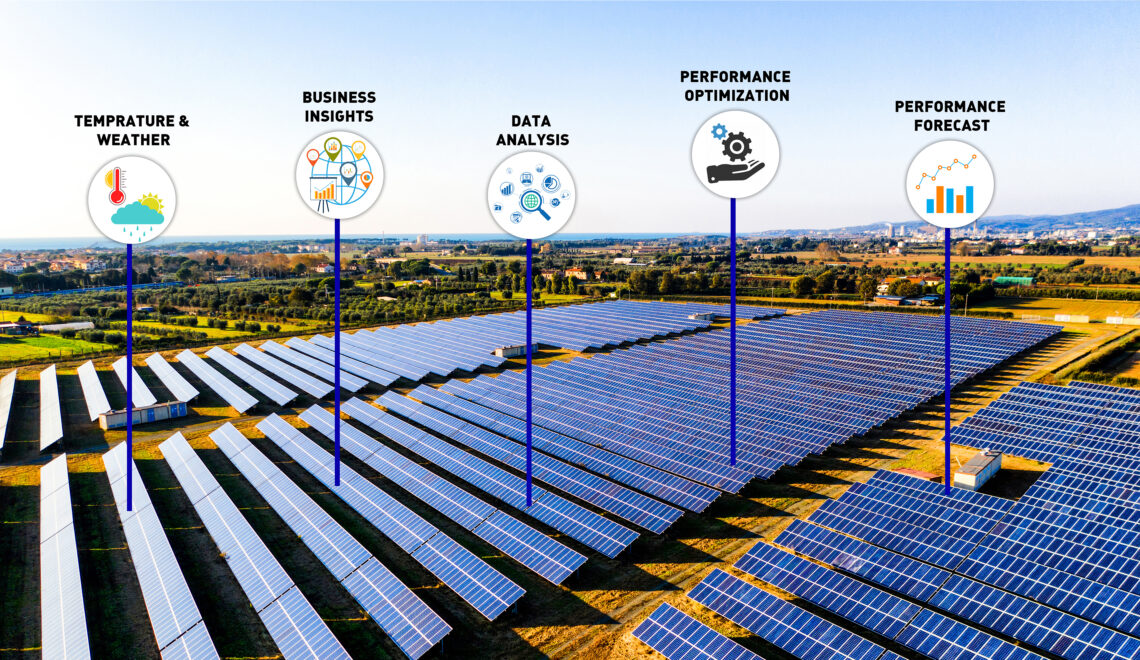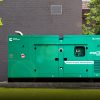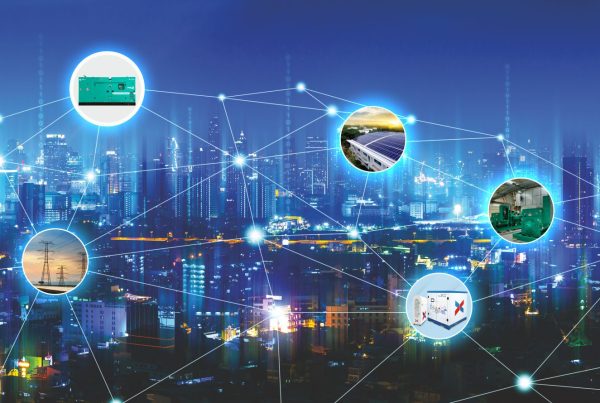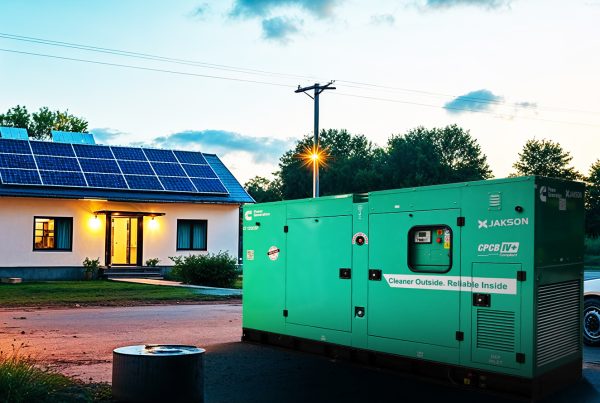Awareness of climate change is growing unprecedently across all the regions. The leading world economies have pledged to achieve net-zero emission levels. However, still, there is a lot of confusion on how these economies will manage this significant magnitude of renewable energy.
Wind, Hydro, Solar & Hydrogen are the sources playing an essential part in echoing this vision. But both Solar & Wind are intermittent sources of energy. Sometimes it’s cloudy. Sometimes the wind doesn’t blow. On the other hand, the world is still exploring ways to harness Hydrogen.
So to rely on the sun and the wind, we must be able to understand how much power will be available what the demand for it could be, and then use this energy to meet consumer needs as efficiently as possible.
This is where big data comes to the rescue. It deploys an optimal mix of weather data, satellite inputs, predictive analytics, and machine learning algorithms. It predicts how much green energy can reach the grid consistently. If big data works in a full-fledged way, it can be considered a missing puzzle piece in the ubiquitous adoption of solar energy.
As a cumulative technology, it has cloud-imaging features and cameras equipped to forecast weather up to a month in advance. If this technology harnesses solar energy, it will pave the way for the 10 percent increase in power generation, which is enough to power 14,000 homes at least.
More or less, we can say, the formidable combination of big data and green energy has the potential to narrate the story of a sustainable future for humankind. It lays down the roadmap of how green energy is bought, sold, delivered, and used efficiently. Presenting you the four ways on how big data is destined to take green energy above and beyond:
1: Predicting Productive Weather Conditions
It is documented by Google that about 80% of rooftops are viable for solar installations. This study dispels the misconception that residential and commercial solar projects are worth investment only under some climate conditions.
Predicting weather conditions is essential for the usage of green energy at maximum efficiency. Considering the current energy market, the world is still relying heavily on traditional energy sources. Here, predictive analytics also assists green energy companies in balancing the power demands with the mix of green and conventional energy sources, especially during peak demand.
With insights on real-time weather, companies can use these insights to inform smart infrastructure design. As per the report published by IBM, they registered a 10 percent increase in power generation without investing extra on the infrastructure.
- Supporting Proactive Maintenance
Green energy works perfectly with a less centralized energy grid as well. It implies that an energy producer can contribute to the grid, and the company can buy it directly from the grid far from the producer’s place.
Generally, solar panels and wind turbines are often established at productive sites for maximum production. So it requires a lot of physical infrastructures and a big remote team to manage. In this situation, big data provides the ecosystem for the constant monitoring for multiple panels and turbines, irrespective of their location.
All credit goes to the presence of sensors and data loggers at the site. These intricate tools give a signal in case of low performance because of dirty panels and shadow. Even a small team of professionals can look over the operations and maintenance of large sites.
- Bringing Costs Down
Every discerning follower of the green energy sector agrees on the fact that cost is the most significant barrier in its ubiquitous adoption. But now the increasing maturity of science, the adoption of solar energy has become more cost-effective. The incumbent governments of nations are also giving subsidies to the customer for its wide adoption and launching PLI schemes for the companies involved in green energy production.
Here, big data also helps in bringing down the cost. However, we can’t imagine a direct effect on this through big data. It is the natural consequence of the factors we have discussed above.
It includes optimization of energy, remote maintenance of infrastructure, real-time analysis for companies to stop outages, and managing better-connected smart grids.
- Creating New Energy Business Models
Big data comes with multiple attributes. It effectively facilitates solar power purchase agreements (PPAs). With the right data like productivity projections, solar companies can get involved in providing low or zero-cost solar equipment for customers.
In addition to that, access to the right data can help identify cases where other types of agreements are more appropriate for the parties involved.
In this way, both big data and solar power will pave the way to pay major dividends. It’s like solar panels harness the energy for us, and data helps us use it more systematically
Here is a demonstration of how big data and its IoT (Internet of Things) sensors scale green energy:
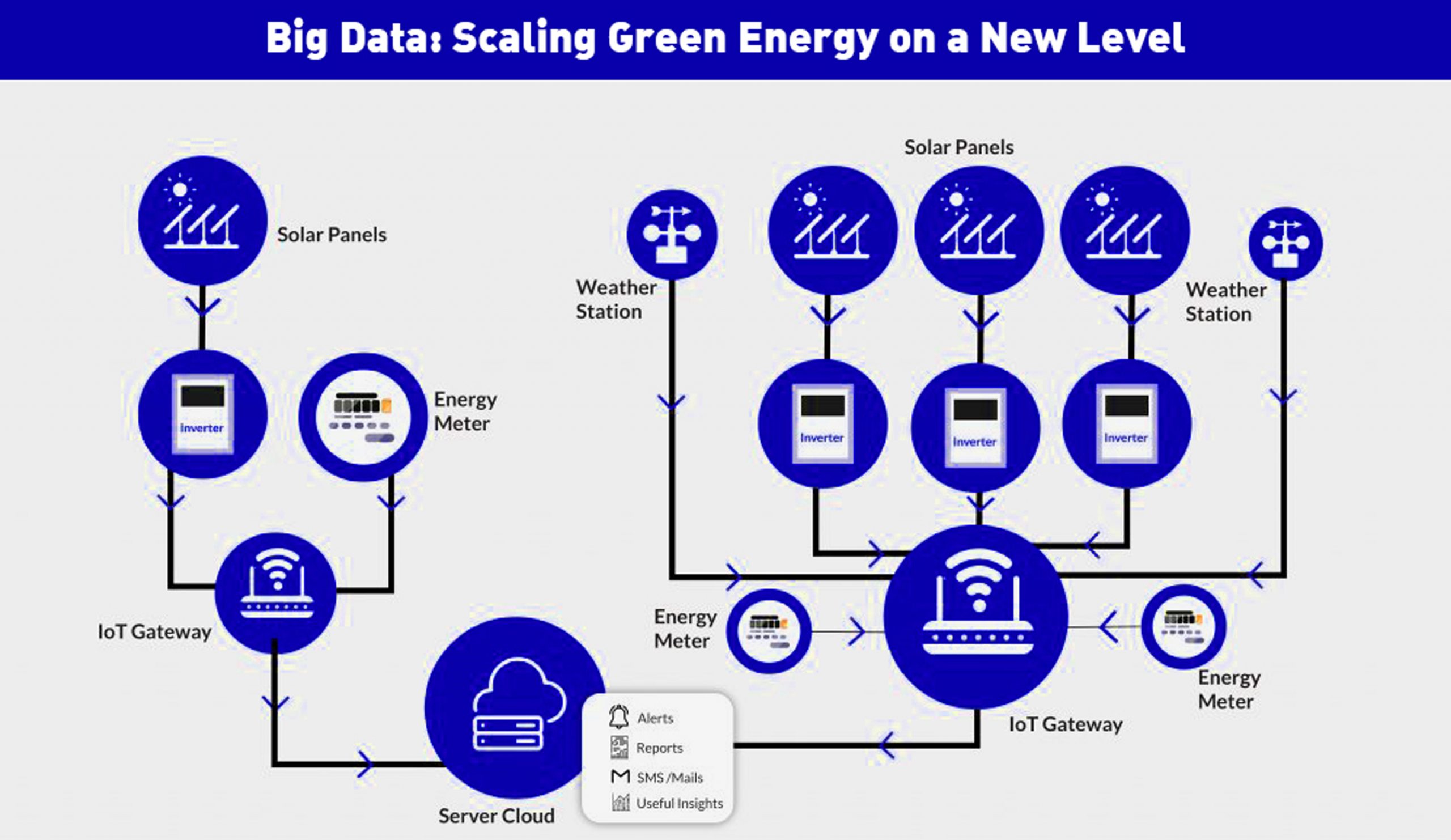
The Road to Conclusion
Big data and machine learning have been doing wonders and revolutionizing many industries, from fashion to transportation. Now it’s ready to revolutionize the way we produce and use solar energy. Other technological advancements like Battery Energy Storage systems and long-distance energy transfers (like under OSOWOG) will invite big data to make the system more effective. This underscores the importance of big data in optimizing clean energy and making our future sustainable. We are sure that data science will be in great demand for both in the near future and the longer-term for clean energy.

